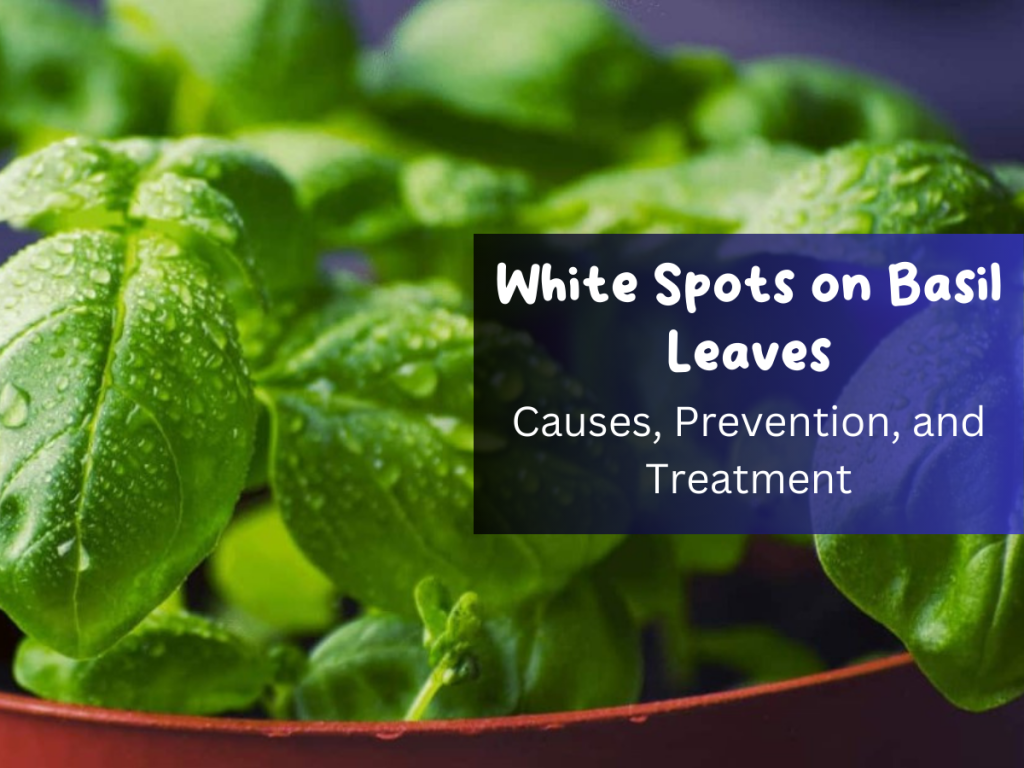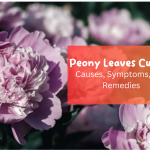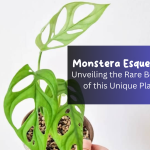With its delightful aroma and culinary versatility, basil is a beloved herb in many kitchens and gardens. However, discovering white spots on basil leaves can be disconcerting for any gardener or enthusiast. These blemishes mar the plant’s appearance and may indicate underlying issues that need attention. This comprehensive SEO article will delve into the causes, prevention, and treatment methods for white spots on basil leaves, empowering you with the knowledge to maintain healthy and vibrant basil plants.
Understanding White Spots on Basil Leaves
White spots on basil leaves can manifest in various forms, including powdery patches, speckles, or patches with a fuzzy appearance. These spots may appear on the upper or lower surface of the leaves and can affect both young and mature plants. Understanding these white spots’ potential causes and implications is essential to take appropriate action.
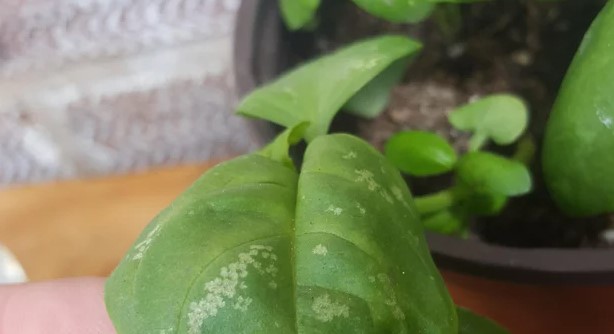
What do white spots on basil leaves look like?
White spots on basil leaves typically exhibit the following characteristics:
- Powdery or fuzzy appearance
- Irregular shape or pattern
- Whitish or grayish coloration
- It may spread and cover larger areas if left untreated
Why are white spots on basil leaves a concern?
White spots on basil leaves are unsightly and can indicate an underlying problem that affects the plant’s health and productivity. If left unaddressed, these spots can spread and weaken the basil plant, leading to stunted growth, reduced yield, or even death. Identifying the causes and implementing appropriate measures is crucial to maintain the vitality of your basil plants.
Common Causes of White Spots on Basil Leaves
To effectively treat white spots on basil leaves, it’s essential to identify the underlying cause. Several factors can contribute to the appearance of these spots, including fungal infections, insect infestations, and environmental conditions.
Fungal Infections
Fungal infections are a common cause of white spots on basil leaves. The two most prevalent fungal diseases affecting basil are powdery mildew and downy mildew.
- Powdery Mildew
Powdery mildew appears as a white, fine coating on the basil leaves surface. Various fungi cause it and thrive in warm, humid conditions. Poor air circulation and excessive moisture contribute to its development.
- Downy Mildew
Downy mildew is another fungal infection that causes white spots on basil leaves. Unlike powdery mildew, shaggy mildew spots have a smooth or fuzzy appearance and may appear yellowish or brownish over time. Cool, wet conditions favor this disease.
Insect Infestations
Certain insect pests can cause white spots on basil leaves due to their feeding habits and excretions.
- Whiteflies
Whiteflies are small, winged insects that feed on the sap of basil leaves. Their feeding causes leaf yellowing and the secretion of a sticky substance known as honeydew, which can lead to the growth of a black, sooty mold. The combination of the mold and honeydew can create white spots on the leaves.
- Aphids
Aphids are tiny, soft-bodied insects that feed on basil leaves, causing them to distort and curl. Like whiteflies, aphids produce honeydew, leading to the development of white spots on the leaves.
Environmental Factors
Environmental conditions can also contribute to the appearance of white spots on basil leaves.
- Sunburn
Excessive exposure to intense sunlight, particularly during hot weather, can result in sunburn on basil leaves. This condition manifests as white or yellowish spots on the leaves.
- Cold Injury
Basil is sensitive to cold temperatures. Exposure to frost or chilly weather can lead to white spots or patches on the leaves, signaling cold injury.
- Excessive Moisture
Overwatering or high humidity levels can create an environment conducive to fungal growth, such as powdery mildew or downy mildew, resulting in white spots on the leaves.

Prevention Strategies for White Spots on Basil Leaves
Preventing the appearance of white spots on basil leaves involves implementing various proactive measures to create unfavorable conditions for fungal infections and insect infestations.
Proper Planting Techniques
Start with healthy basil seedlings or high-quality seeds from reliable sources. Ensure that the plants are spaced adequately to allow for good air circulation.
Optimal Environmental Conditions
Provide basil plants with the ideal growing conditions. Basil thrives in full sunlight, so choose a well-lit location for planting. Maintain consistent soil moisture levels and avoid overwatering to prevent the development of fungal infections.
Adequate Air Circulation
Good air circulation is vital in preventing fungal diseases. Avoid overcrowding plants and ensure there is sufficient space between them. Trim any nearby vegetation or structures obstructing air movement around the basil plants.
Regular Inspections and Maintenance
Regularly inspect your basil plants for signs of pests, diseases, or white spots on the leaves. Early detection allows for prompt action and prevents the spread of infections. Remove any affected leaves or plants to minimize the risk of spreading diseases.
Quarantine and Pest Control Measures
When introducing new plants into your garden, quarantine them for a period to ensure they are not carrying any pests or diseases. Implement pest control measures, such as sticky traps, natural predators, or organic insecticides, to combat pest infestations.
Treatment Methods for White Spots on Basil Leaves
When white spots appear on basil leaves, taking immediate action is crucial to prevent further damage and restore the plant’s health.
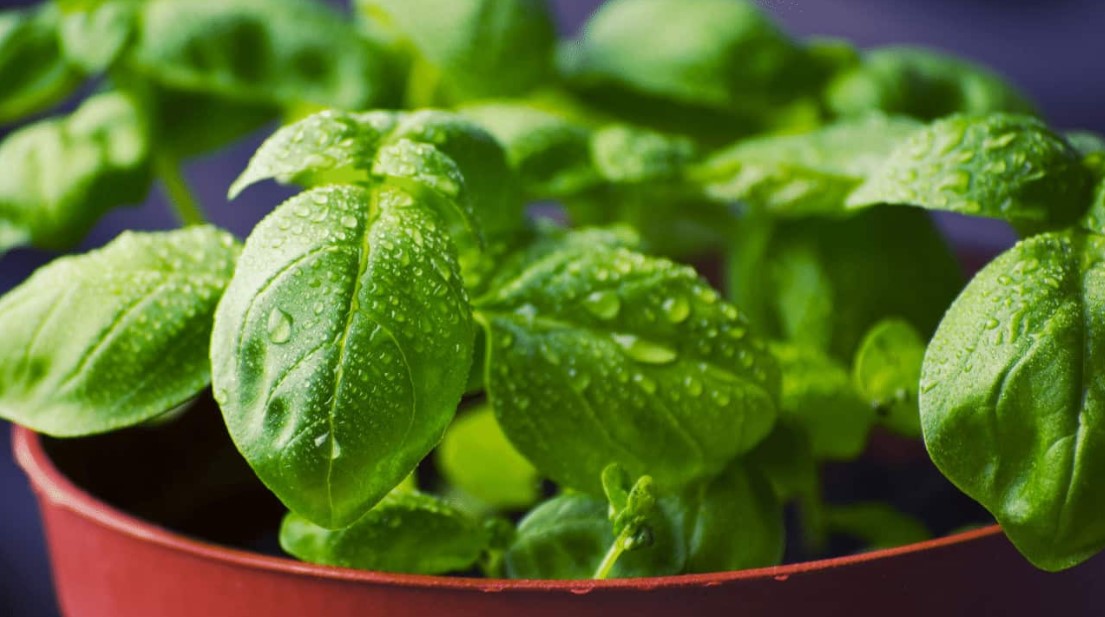
Natural Remedies
Several natural remedies can effectively combat fungal infections and control insect pests on basil leaves.
- Neem Oil
Neem oil is a natural pesticide and fungicide that can help control pests and fungal diseases. Dilute neem oil according to the instructions and spray it on the affected leaves, ensuring thorough coverage.
- Baking Soda Solution
A baking soda solution can treat fungal infections such as powdery mildew. Mix one teaspoon baking soda with one quart of water and a few drops of liquid soap. Spray the solution onto the affected leaves, focusing on the white spots.
- Garlic Spray
Garlic has natural anti-fungal and insect-repellent properties. To make a garlic spray, blend a few cloves of garlic with water, strain the mixture, and spray it on the basil leaves.
Chemical Treatments
If natural remedies prove ineffective or the infestation is severe, chemical treatments may be necessary. Consult a professional or local garden center for suitable fungicides or insecticides approved on edible plants like basil. Always follow the instructions carefully and apply the products as directed.
Pruning and Removal of Infected Leaves
Remove and dispose of any infected or severely damaged leaves to prevent the spread of fungal diseases or halt pest infestations—prune-affected parts of the plant to encourage new growth.
Additional Tips for Healthy Basil Plants
In addition to preventing and treating white spots on basil leaves, adopting these best practices will help maintain overall plant health.
- Proper Watering Techniques
Water basil plants at the base to prevent moisture from accumulating on the leaves. Water in the early morning to allow foliage to dry during the day, reducing the risk of fungal infections.
- Mulching
Apply a layer of organic mulch around the base of basil plants to regulate soil moisture and temperature, discourage weed growth, and reduce the risk of soil-borne diseases.
- Companion Planting
Companion planting basil with compatible plants, such as marigolds or garlic, can help deter pests and promote a healthy growing environment.
- Crop Rotation
Rotate basil crops every year to prevent the buildup of pests and diseases in the soil. Avoid planting basil in the exact location where it was grown the previous year.
- Regular Harvesting
Regularly harvest basil leaves to promote new growth and prevent overcrowding. This practice also reduces the risk of pest infestations and disease development.
Conclusion:
Various factors, including fungal infections, insect infestations, and environmental conditions, can cause white spots on basil leaves. You can maintain healthy basil plants in your garden or indoor space by understanding the causes, implementing preventive measures, and employing suitable treatment methods. Remember to regularly inspect your basil plants, promote optimal growing conditions, and promptly address any issues. With proper care, you can enjoy the aromatic and flavorful benefits of fresh basil leaves in your culinary endeavors for years to come. Read article about Sunburn Pothos and Is Aglaonema Toxic to Cats? in Avi Hoffman Garden.
FAQ
It is crucial to identify the underlying cause of the areas to get rid of white spots on basil leaves. Here are some general steps you can take:
Identify the cause: Determine if the white spots are due to fungal infections, insect infestations, or environmental factors.
Treat fungal infections: If the white spots are caused by fungal diseases like powdery mildew or downy mildew, you can use natural remedies such as neem oil, baking soda solution, or garlic spray. Consider chemical fungicides specifically formulated for edible plants like basil if the infestation is severe. Follow the instructions carefully when applying any treatment.
Combat insect infestations: For white spots caused by insects like whiteflies or aphids, you can use natural methods like introducing beneficial insects, using sticky traps, or spraying organic insecticides. Ensure that any insecticide used is safe for edible plants and follow the instructions.
Adjust environmental conditions: If the white spots result from environmental factors like sunburn or excessive moisture, take steps to rectify the issue. Provide adequate shade or protection from intense sunlight, adjust watering practices to prevent overwatering, or improve air circulation around the plants.
Prune and remove affected leaves: If the white spots have caused significant damage to the leaves, it is recommended to prune and remove the affected foliage; this will help prevent the further spread of infections or infestations.
Remember, prevention is vital. Implementing proper planting techniques, maintaining optimal growing conditions, and regularly inspecting your basil plants can help prevent the occurrence of white spots in the first place.
There are several reasons why basil leaves may develop white spots:
Fungal Infections: Fungal diseases like powdery or downy mildew can cause white spots on basil leaves. These infections thrive in humid conditions and poor air circulation.
Insect Infestations: Pests like whiteflies or aphids can feed on basil leaves, causing damage and leaving behind white spots. The white spots may also result from the sticky honeydew secreted by these insects, which can promote the growth of sooty mold.
Environmental Factors: Excessive sunlight, cold injury, or high humidity can also lead to white spots on basil leaves. Sunburn from intense sunlight, frost damage, or prolonged exposure to high humidity can all cause discoloration and white spots.
Identifying the specific cause of the white spots is crucial in determining the appropriate treatment or preventive measures.
The white things on your basil plant could be various organisms or substances. Here are a few possibilities:
Fungal Growth: If the white things have a powdery or fuzzy appearance, it could be a fungal infection like powdery mildew or downy mildew. These fungi can form white patches on basil leaves.
Insect Infestations: Certain insects, such as whiteflies or aphids, can appear as tiny white specks or clusters on basil leaves. These insects may feed on the plant’s sap, leaving white residue or eggs.
Mineral Deposits: Sometimes, white spots or residue on basil leaves can be due to mineral deposits or salts left behind by water or fertilizers; this is more common in areas with hard water or excessive fertilizer use.
To determine the exact nature of the white things, closely examine them and compare them with typical signs of fungal infections, insect infestations, or mineral deposits; this will help you take appropriate action if necessary.
In most cases, basil leaves with white spots are safe to eat. However, it’s essential to consider the cause of the spots before consuming the leaves. If fungal infections or insect infestations cause the white spots, it’s best to trim or remove the affected leaves before consuming the rest of the plant.
Additionally, if you have used chemical treatments to control the spots, follow the recommended waiting period mentioned on the product label before harvesting and consuming the basil leaves.
Generally, it is always recommended to inspect and wash basil leaves thoroughly before using them in cooking to ensure food safety. Removing any visibly damaged or affected leaves will help maintain the overall quality of your dishes.

